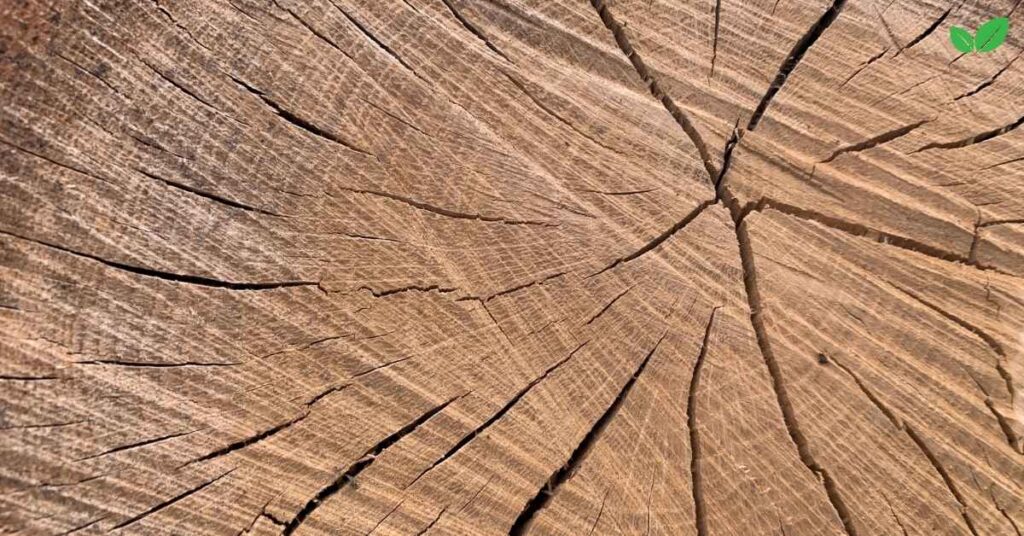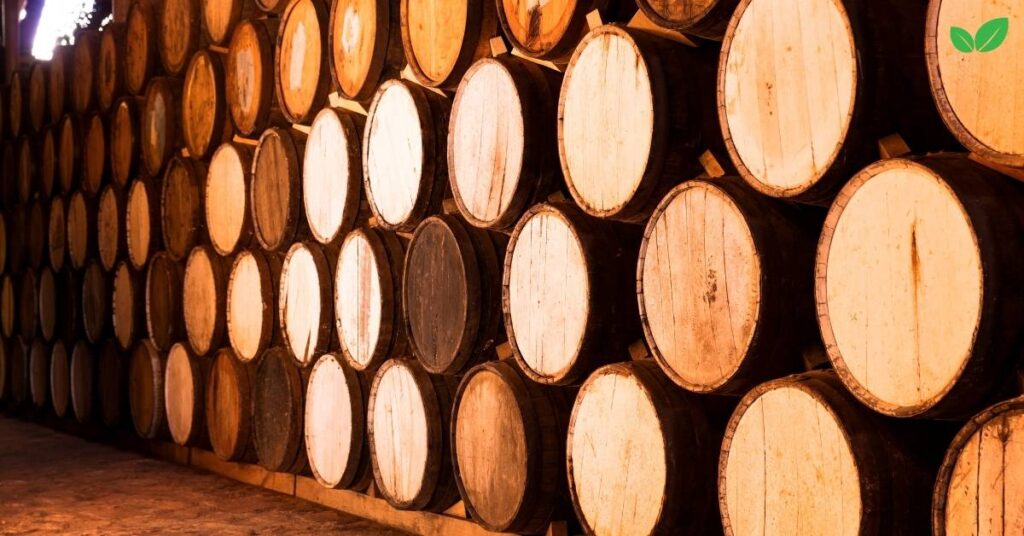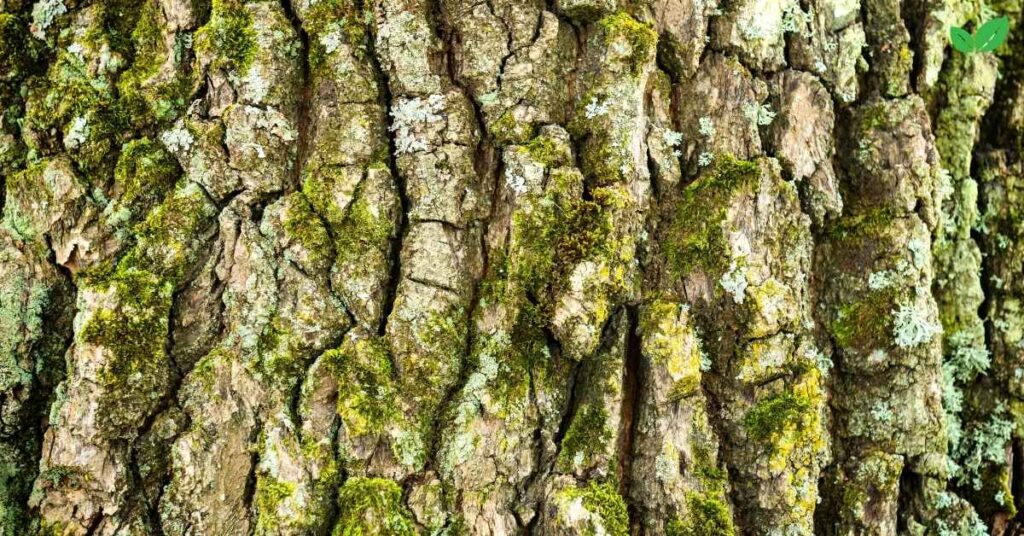Red oak (Quercus rubra), a prominent hardwood species native to North America, is valued for its ecological contributions, aesthetic appeal, and practical uses. Known for its durable wood and vibrant foliage, the red oak is often studied for its chemical properties, including the natural oils found in its wood. These oils contribute to the tree’s resilience against decay, pests, and environmental stress, making red oak a sought-after material in construction, furniture-making, and other industries. Understanding the oil content in red oak reveals insights into its ecological niche, its role in forest ecosystems, and its economic significance.
This article delves into the properties of red oak’s natural oils, examining their composition, ecological functions, and industrial applications. We will explore how the oil content in red oak contributes to its environmental niche and durability while addressing sustainable practices for utilizing this valuable resource.
1. Introduction to Red Oak
1.1 Overview of Red Oak
Red oak (Quercus rubra), part of the Fagaceae family, is a deciduous tree widely distributed across eastern and central North America. It is recognized for its broad crown, lobed leaves, and acorns that serve as a vital food source for wildlife. Red oak thrives in diverse habitats, including mixed hardwood forests, uplands, and well-drained soils. Its fast growth rate and adaptability make it a dominant species in many forest ecosystems.
1.2 Importance of Oil Content
The natural oils in red oak contribute to its strength, resilience, and resistance to pests and decay. While not as oily as some tropical hardwoods, red oak contains extractive compounds, including tannins, resins, and phenolic compounds, which play a significant role in its durability and utility. These oils also influence the tree’s interaction with its environment, supporting its ecological niche.
2. Composition of Oil in Red Oak
The oils and extractives in red oak are a complex mixture of chemical compounds that vary depending on the tree’s age, location, and environmental conditions. These compounds are primarily located in the heartwood, giving it its distinct properties and appearance.

2.1 Tannins
Tannins are polyphenolic compounds found in high concentrations in red oak. They play a defensive role by deterring pests and pathogens. These compounds are responsible for the tree’s natural resistance to decay and give the wood its reddish-brown color when aged.
2.2 Phenolic Compounds
Phenolic compounds in red oak act as antioxidants and provide additional defense against microbial attacks. These compounds also contribute to the wood’s stability and resistance to environmental degradation.
2.3 Fatty Acids and Resinous Extracts
Although red oak is not classified as a high-oil-content wood, it does contain small amounts of fatty acids and resinous compounds that provide water resistance and contribute to the wood’s durability. These oils help protect the wood from moisture infiltration, though red oak is more porous than white oak, which limits its use in certain applications.
3. Ecological Role of Oil Content in Red Oak
The oil content in red oak and extractives in red oak serve ecological functions that support the tree’s survival and its role within forest ecosystems.

3.1 Defense Against Pests and Pathogens
The tannins and phenolic compounds in red oak act as natural deterrents against wood-boring insects, fungi, and bacteria. This chemical defense mechanism reduces the risk of decay and pest infestations, allowing the tree to maintain structural integrity throughout its lifespan.
3.2 Role in Forest Succession and Biodiversity
Red oak’s resilience and longevity enable it to play a central role in forest ecosystems. Its acorns provide a rich food source for wildlife, including deer, squirrels, and birds, while its wood oils contribute to its ability to outcompete other tree species in challenging conditions.
3.3 Soil Enrichment and Ecosystem Services
As red oak sheds leaves and branches, the decomposition of its organic matter enriches the soil with tannins and other chemical compounds. These compounds influence soil chemistry, supporting the growth of a diverse understory and maintaining ecosystem balance.
4. Industrial Applications of Red Oak’s Oil Content
The chemical properties of red oak’s oils make it a valuable resource for various industries. While red oak is primarily known for its timber, oil content in red oak plays a role in determining its utility and performance in specific applications.

4.1 Furniture and Flooring
Red oak is widely used in furniture and flooring due to its hardness, strength, and attractive grain pattern. The natural oils and tannins in the wood enhance its resistance to wear and contribute to its longevity, making it a preferred material for high-traffic areas and durable furnishings.
4.2 Construction and Structural Applications
The durability provided by red oak’s extractives makes it suitable for construction applications, including beams, paneling, and cabinetry. Its natural resistance to decay, though not as high as white oak, allows it to perform well in interior and sheltered exterior uses.
4.3 Wood Finishes and Treatments
The oil content in red oak affects how the wood interacts with stains, finishes, and sealants. Its natural oils can enhance the depth and richness of stained finishes, while its porous structure requires careful sealing to prevent moisture infiltration.
5. Comparison with Other Oaks and Hardwoods
Red oak’s oil content and properties are often compared with other hardwood species, particularly white oak (Quercus alba) and tropical hardwoods.

5.1 Red Oak vs. White Oak
- Porosity: White oak has closed pores filled with tyloses, making it more water-resistant than red oak, which has open pores.
- Oil Content: White oak contains higher levels of water-resistant extractives, while red oak’s oils are more focused on tannins and phenolic compounds.
- Durability: White oak is more durable in outdoor settings, whereas red oak excels in interior applications.
5.2 Comparison with Tropical Hardwoods
While tropical hardwoods such as teak and mahogany have significantly higher oil content in red oak, red oak’s balance of strength, aesthetics, and moderate oil content makes it a versatile and sustainable alternative for many applications.
6. Environmental and Conservation Considerations
The widespread use and management of red oak have environmental implications, including the sustainability of its harvesting and its role in carbon sequestration.

6.1 Sustainable Harvesting Practices
To ensure red oak remains a viable resource, forestry practices focus on selective harvesting, reforestation, and maintaining biodiversity in managed forests. These practices help mitigate the environmental impact of logging and support the long-term availability of red oak timber.
6.2 Role in Carbon Storage
As a fast-growing hardwood, red oak plays a role in carbon sequestration, capturing atmospheric carbon dioxide and storing it in its biomass. The preservation of mature red oak forests contributes to carbon storage and helps combat climate change.
6.3 Threats from Pests and Climate Change
Red oak faces threats from invasive pests such as gypsy moths and oak wilt disease, as well as the impacts of climate change, including shifting temperature and precipitation patterns. These challenges highlight the need for conservation efforts to protect red oak populations.
7. Research and Innovations in Red Oak Utilization
Ongoing research explores ways to maximize the utility of red oak’s oil content and wood properties, including:

- Bio-based Products: Extracting tannins and phenolic compounds for use in bio-based adhesives, coatings, and other sustainable materials.
- Enhanced Wood Treatments: Developing treatments that enhance red oak’s natural resistance to moisture and decay, expanding its use in outdoor applications.
- Carbon-Neutral Materials: Exploring red oak’s potential as a renewable resource for carbon-neutral building materials.
8. Cultural and Historical Significance
Red oak has cultural and historical significance in North America, symbolizing strength and resilience. Its wood has been used for centuries in traditional woodworking, shipbuilding, and home construction, making it an enduring part of human heritage.

9. Conclusion: The Environmental and Practical Value of Red Oak’s Oil Content
The oil content in red oak contributes to its ecological resilience, durability, and versatility in industrial applications. From its role in forest ecosystems to its widespread use in furniture, flooring, and construction, red oak exemplifies the balance between ecological importance and practical utility. By understanding and conserving this valuable resource, we can ensure its continued contribution to biodiversity, sustainable forestry, and human innovation.
Read More: The Environmental Niche of the Mountain Oak: Ecology, Adaptations, and Role in Ecosystems

